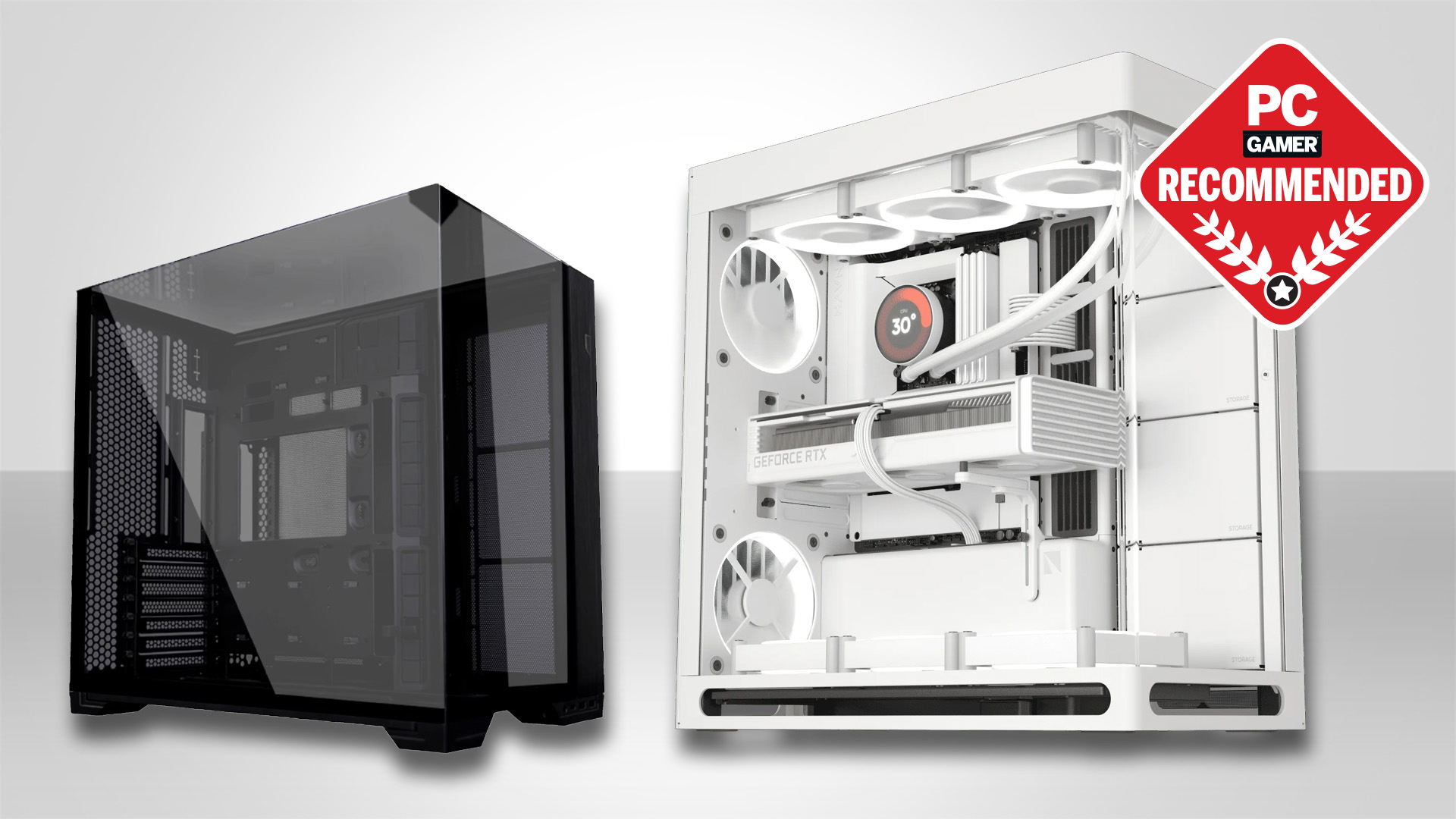Going ham with RAM: Adata and MSI max out DIMM capacities thanks to clock drivers and SK Hynix stacks flash with DRAM for the ultimate memory chips
Like we'll be able to afford any of it, the way things are going right now.
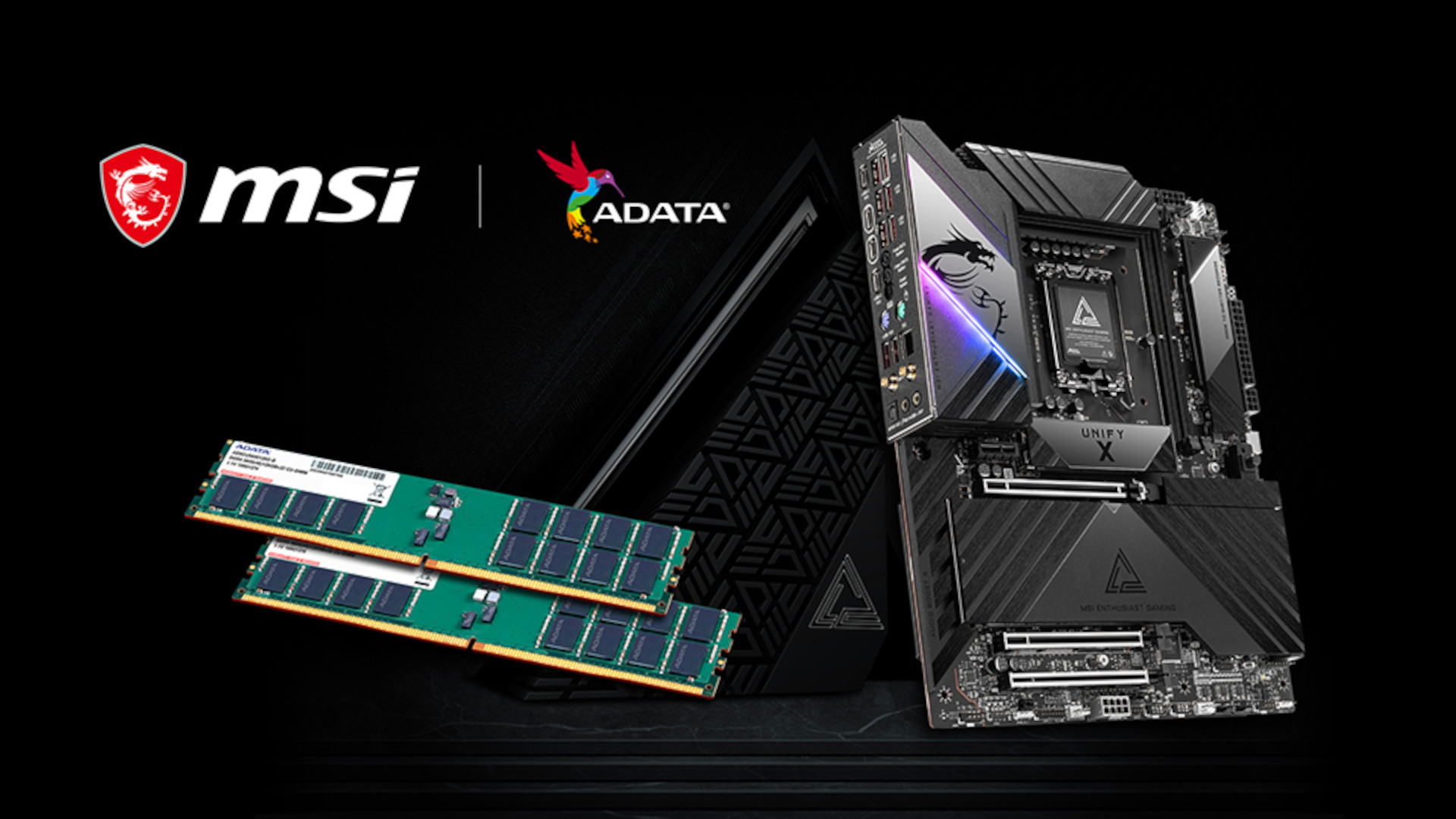
Tech headlines out about memory at the moment are all grim reading, thanks to the enormous rise in how much it now all costs. That doesn't mean there isn't something to catch your eye, though, and an announcement from Adata and MSI, as well as a rumour about SK hynix, is great news for anyone who wants to go absolutely ham with RAM.
Starting with the joint venture between Adata and MSI, a new DDR5 module is set to appear on the market that is certainly going to be snapped up by anyone who needs as much RAM as possible in their PCs, without sacrificing performance.
AMD and Intel's latest top-end desktop platforms (i.e. X870E and Z890) support up to 256 GB of RAM. However, to reach this amount, you normally have to buy four 64 GB DIMMs, filling every slot on the motherboard. When you do that, you're typically forced to use the memory's lowest speed (e.g. 4800 MT/s), which isn't ideal for something like high-resolution video editing.
The answer to this is Adata and MSI's 4-rank DDR5 modules. Where most DIMMs have just one or two ranks of memory, these sticks will be so loaded with DRAM modules that each one will offer up to 128 GB of capacity. Not only that, they'll be rated to run at up to 5800 MT/s, though MSI says it has successfully tested these new 4-rank CUDIMMs at speeds up to 10,000 MT/s.
This has all been made possible by the use of a tiny clock driver chip (i.e. these are CUDIMMs), a component that acts as a signal repeater to either allow for very high clock speeds or very large DRAM capacities.
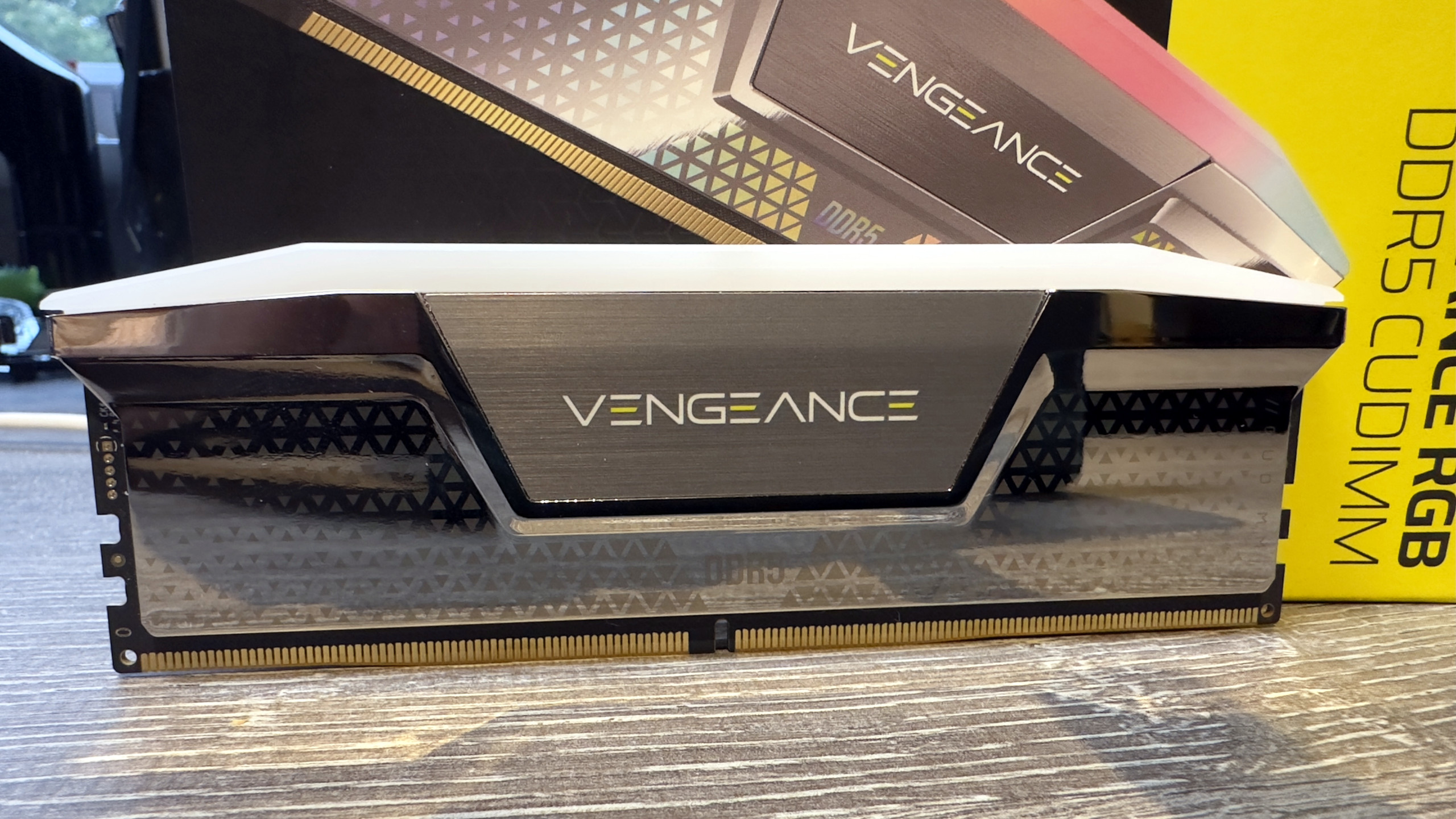
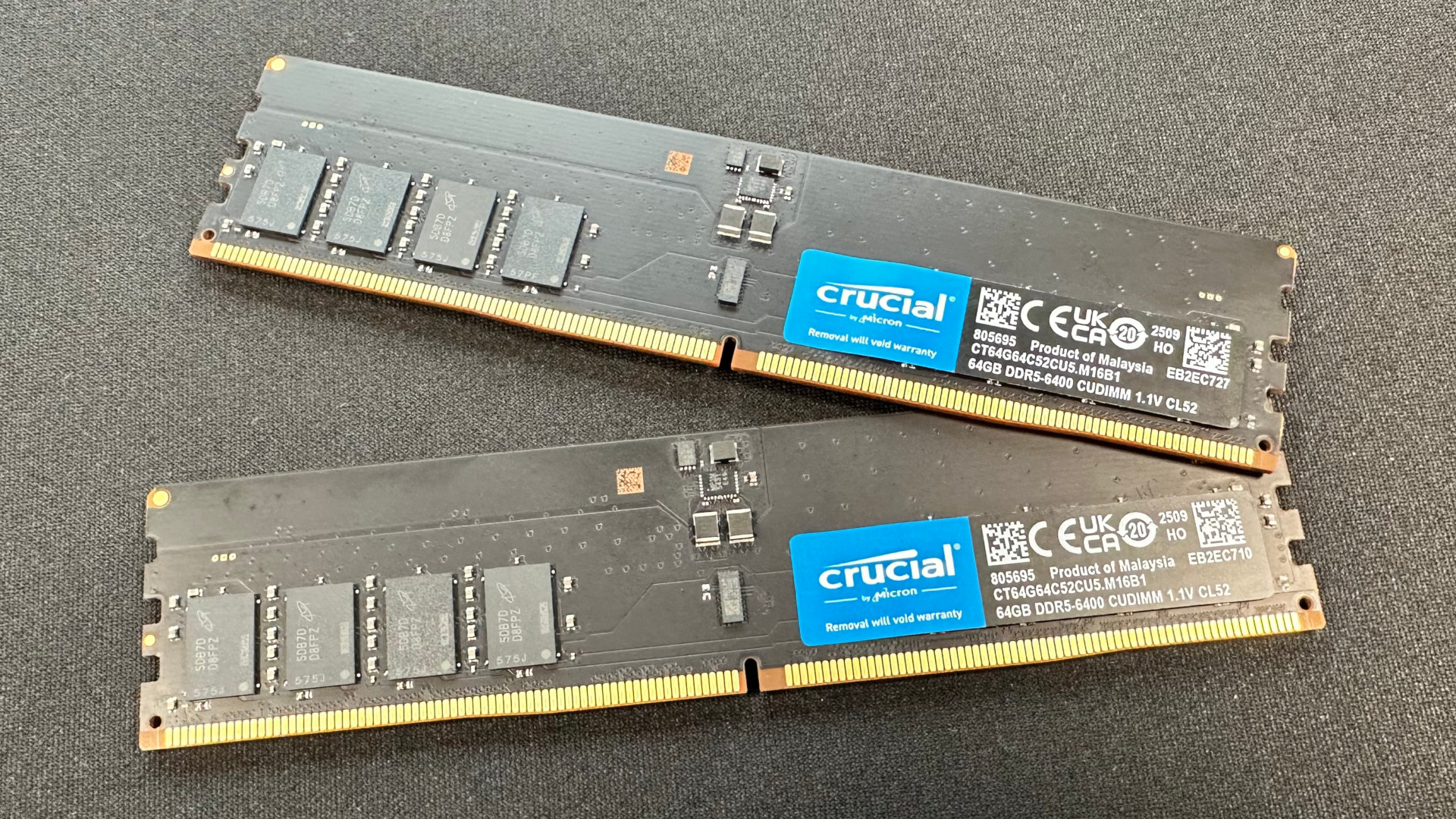
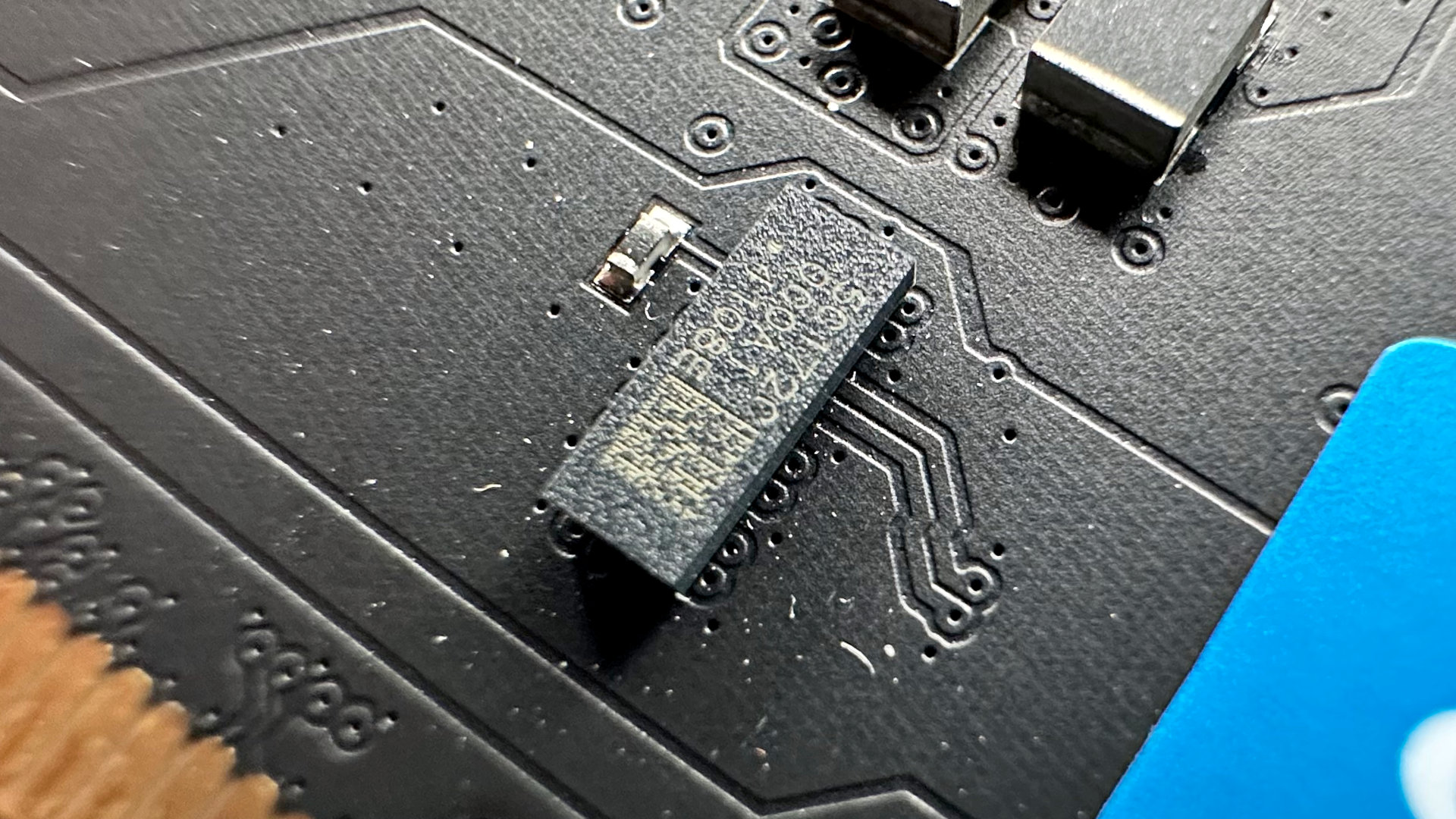
When CUDIMMs first appeared on the market, they were all about maxing out speeds and bandwidth, such as Corsair's Vengeance DDR5-8400 CUDIMMs, but clock drivers are increasingly being used to support the use of more DRAM chips on the circuit board, as Crucial has done with its 64 GB DDR5-6400 CUDIMMs.
There's no word on pricing yet, but given how expensive ordinary DDR5 is at the moment, this stuff is going to be painfully pricey. It's also worth noting that you're pretty much limited to an Intel Z890 motherboard to use it. Some B860s might cope with it, but no AMD motherboard will, as they don't support clock drivers.
Keep up to date with the most important stories and the best deals, as picked by the PC Gamer team.
Although these hulking CUDIMMs are really for high-end workstations, what SK hynix is purported to be making is for the other end of the computing scale. It's a new type of module that has alternating layers of DRAM and NAND flash memory, all connected with vertical fan outs (the fancy name for wires).
This will apparently be sold under the moniker of HBS (high bandwidth storage), which is perhaps a bit too similar to HBM (high bandwidth memory). However, unlike HBM, SK hynix doesn't see its funky new memory stuff to be exclusive for hulking AI servers.
Instead, it's for low-power mobile devices, such as phones and tablets, and the idea behind stacking DRAM and NAND flash dies together into a single package is that mobile SoCs (system on chips) will have access to high-bandwidth memory and storage. Why do they need this? AI, of course (yeah, you just knew it would be), because even local models will use lots of memory and storage.
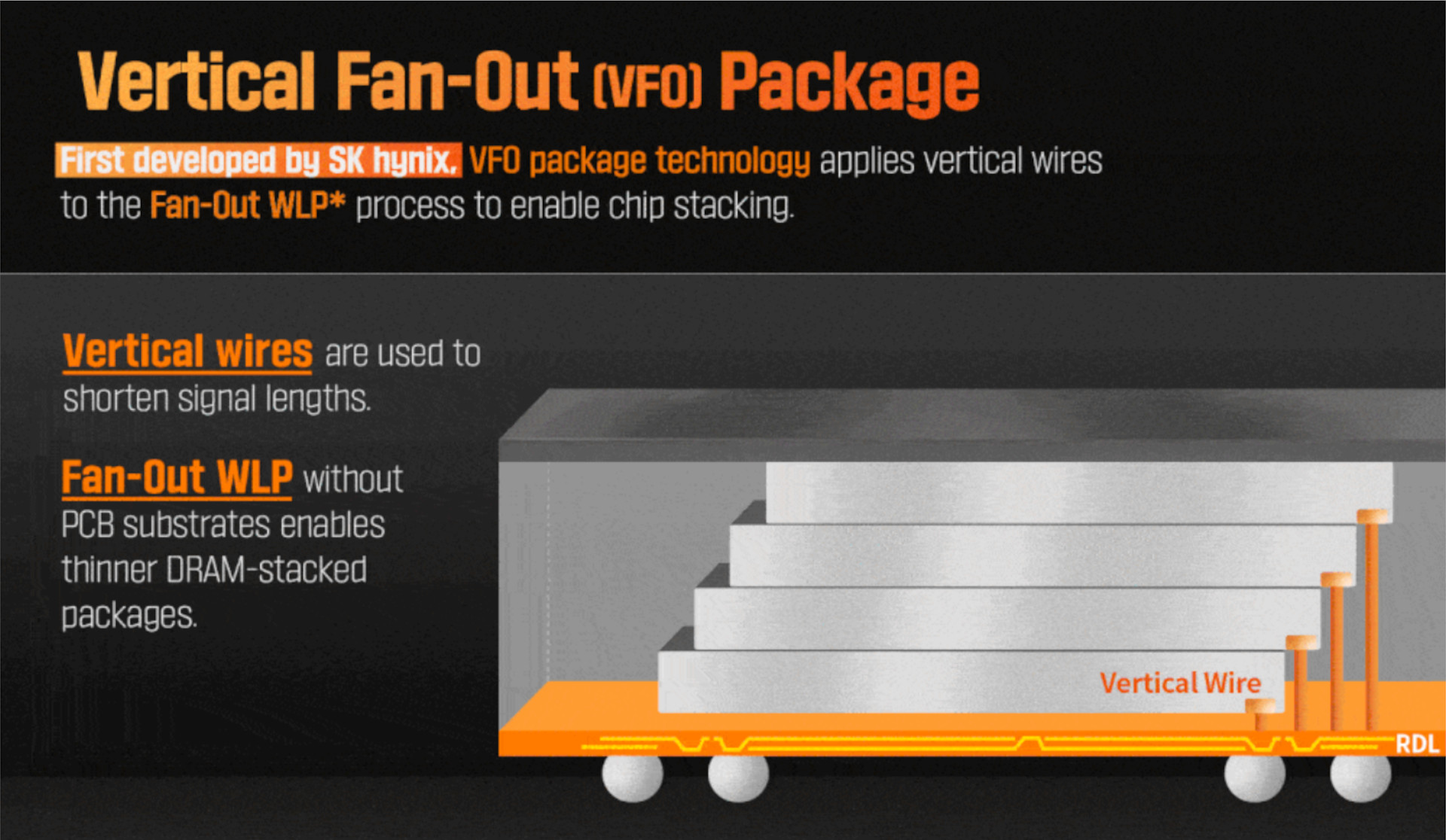
If HBS takes off, though, there's a good chance it could find itself being used in handheld gaming PCs and laptops. Obviously, that's not a great idea if you want to be able to update the device's RAM and SSD, but for small units where price and power are heavily constrained, all-in-one memory and storage modules could be a winner.
Apple already does this with its iPhones, but not within the same chip. It stacks a physically separate DRAM chip on top of the processor, and then a NAND flash module on top of that. SK hynix's HBS combines these into one component, and because it can be heavily layered inside, you could potentially get even more capacity and performance than traditional chip stacking.
I should imagine we won't see HBS or 128 GB CUDIMMs until we're well into 2026, and by that time, even a single 16 GB stick of DDR5 will cost a fortune. So it's great news that new RAM tech is on its way, but it's disappointing that I'll never be able to buy any of it unless I sell all of my internal organs on the black market.

Best handheld PC 2025
All our current recommendations







Nick, gaming, and computers all first met in the early 1980s. After leaving university, he became a physics and IT teacher and started writing about tech in the late 1990s. That resulted in him working with MadOnion to write the help files for 3DMark and PCMark. After a short stint working at Beyond3D.com, Nick joined Futuremark (MadOnion rebranded) full-time, as editor-in-chief for its PC gaming section, YouGamers. After the site shutdown, he became an engineering and computing lecturer for many years, but missed the writing bug. Cue four years at TechSpot.com covering everything and anything to do with tech and PCs. He freely admits to being far too obsessed with GPUs and open-world grindy RPGs, but who isn't these days?
You must confirm your public display name before commenting
Please logout and then login again, you will then be prompted to enter your display name.
